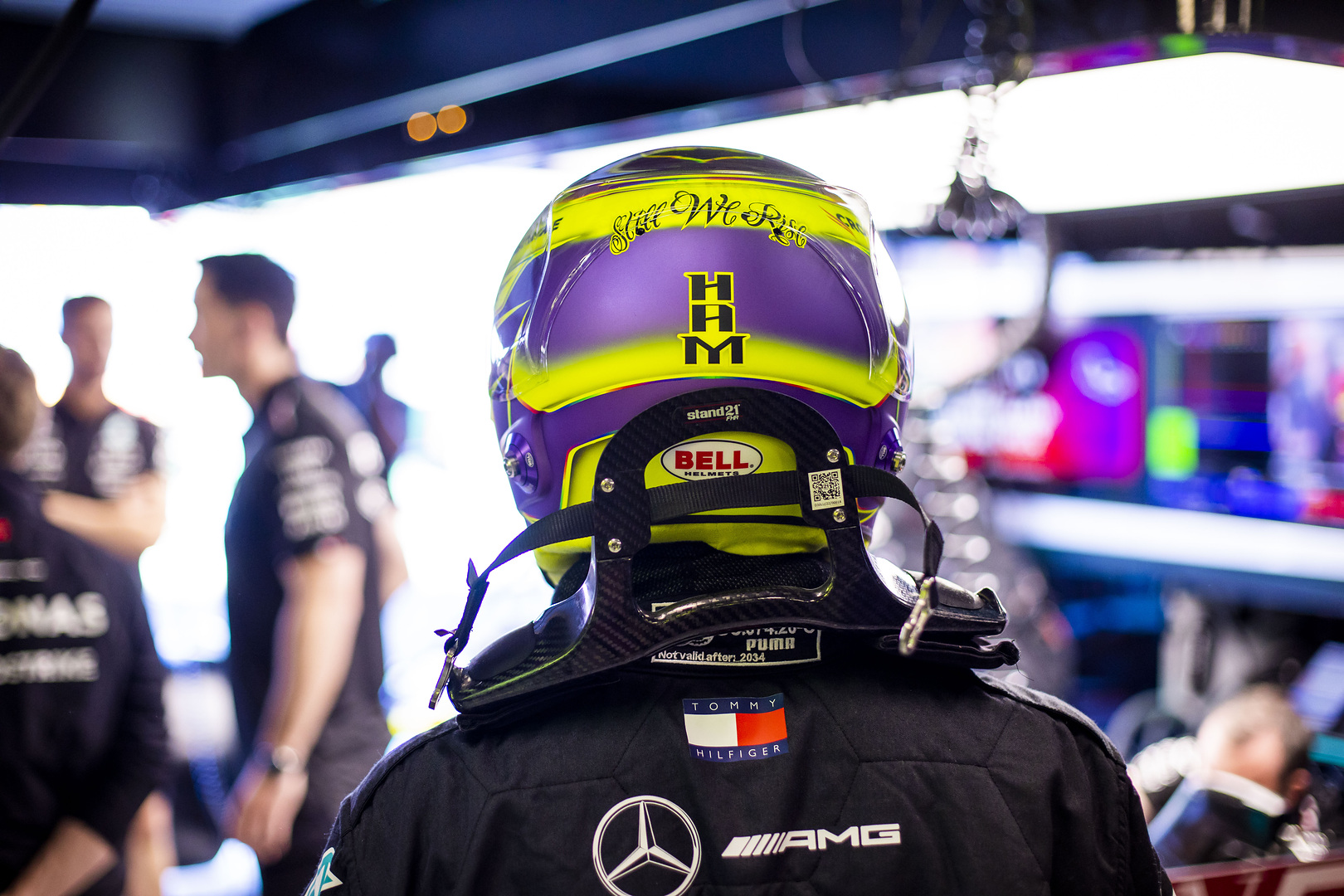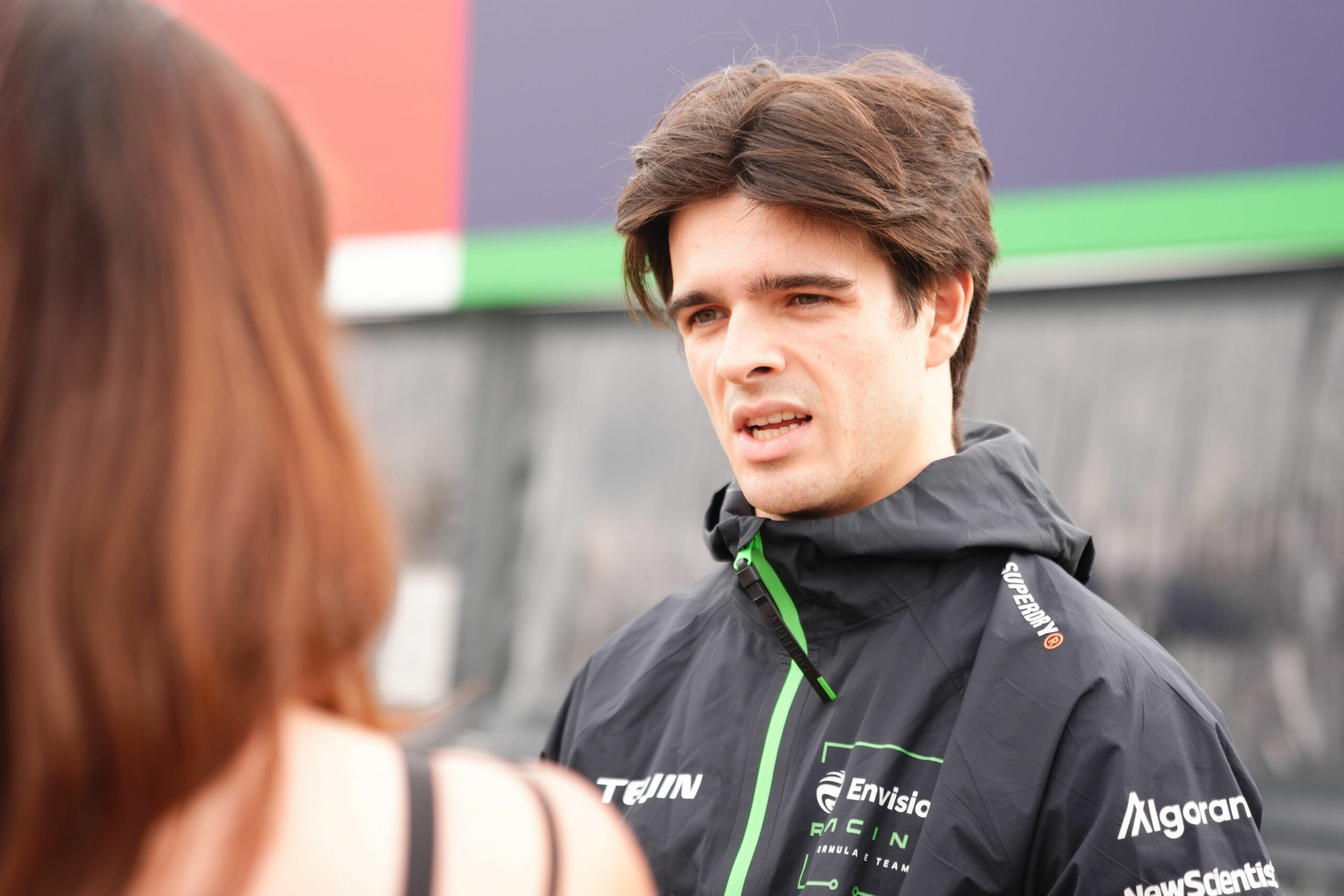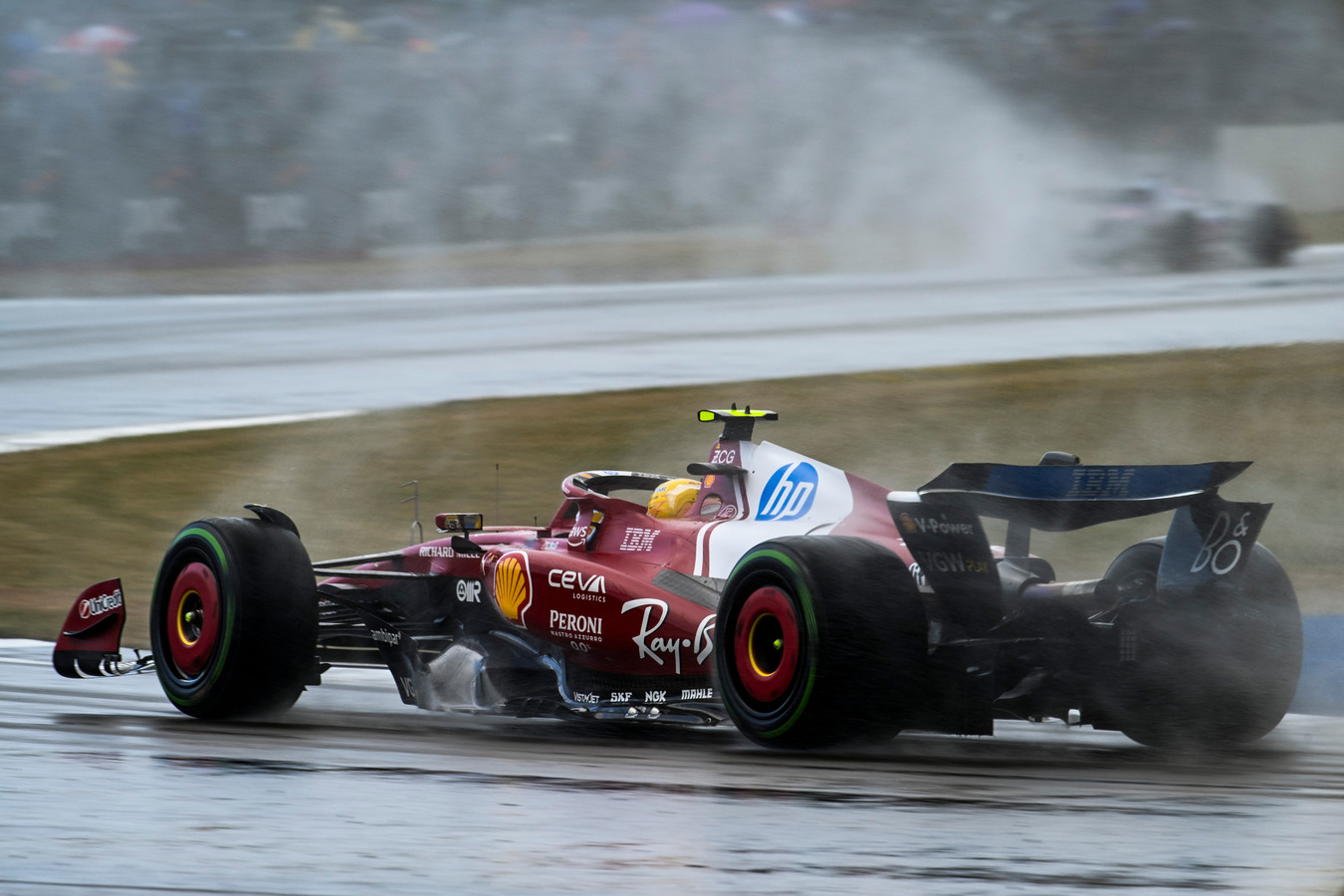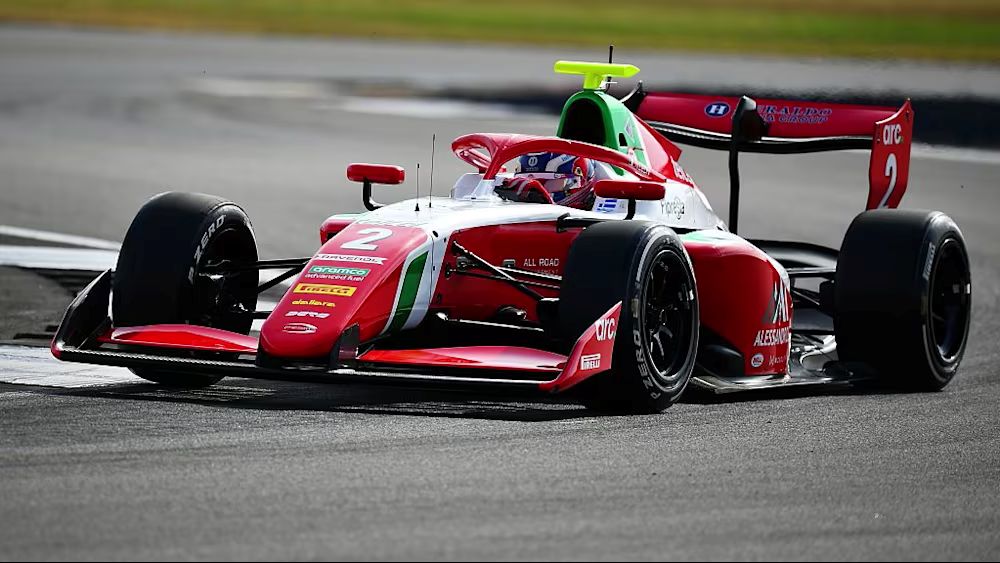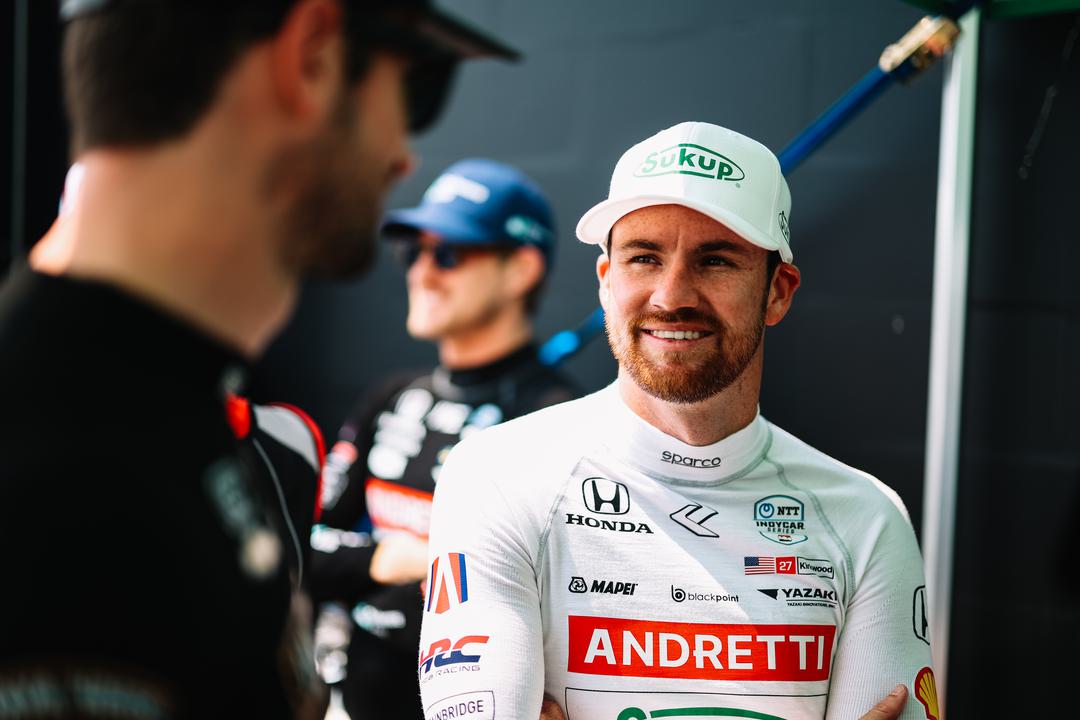It’s been a rollercoaster of a weekend for Lewis Hamilton at the Australian Grand Prix. After huge struggles with the rear end and a bad set-up call by Mercedes in FP2 where he placed P18, the seven-time World Champion was a strong P4 in final practice, less than a tenth off the fastest time.
However, it all went wrong again in the late afternoon session. The signs of trouble were already noticeable in Q1 as he could only manage P12. On his second run in Q2, snaps at turn 3 and 13 left him vulnerable. Tsunoda and Stroll improved, knocking him out as he finished P11, 0.059s slower than stablemate Russell. He’s now 0-3 down in qualifying this year.
Hamilton believes the wind speed in the afternoon contributed to the nightmare qualifying session he had.
“Every outing you learn something new. FP3 felt really good for us and I was really feeling optimistic going into qualifying.
“But then I think, I don’t know if it’s the wind picking up, the wind picked up quite a bit, same as yesterday, and then the car is so much more on the knife-edge. Yeah, that’s it.”
A 2-stop is a strong possibility due to graining and tyre degradation — Pirelli has brought the C3, C4 and C5 compounds to Albert Park.
Hamilton is determined to make places but admits the pace of the cars ahead is a concern.
“I haven’t done a long run so I don’t really know. But the other guys, everyone is so fast around us.
“It’s a new day, a new try, I’ll give it everything. Hopefully I can move forwards.”
For a third consecutive year, Mercedes is very much on the back foot, as they continue to struggle to understand their car and not getting things right in the ground effect era.
In 2022, 2023 and even this weekend, Mercedes has shown flashes of very strong pace. Unfortunately for them, it’s been all too rare.
Hamilton is desperate for them to find consistency with the package.
“I mean, it’s three years in a row a similar feeling. But then there’s these spikes of highs, it could be good, like this morning, and then it kind of disappears.
“If we can work a way of finding that goodness in the car and making it more consistent and holding on to that, we can be more competitive. But there’s lots of work that we need to do.”

